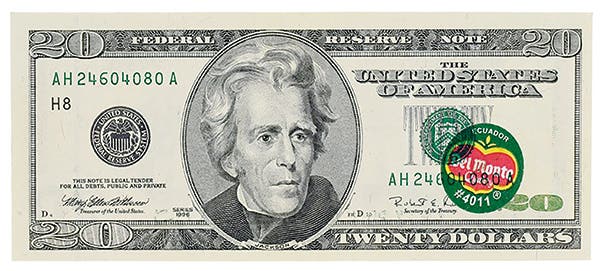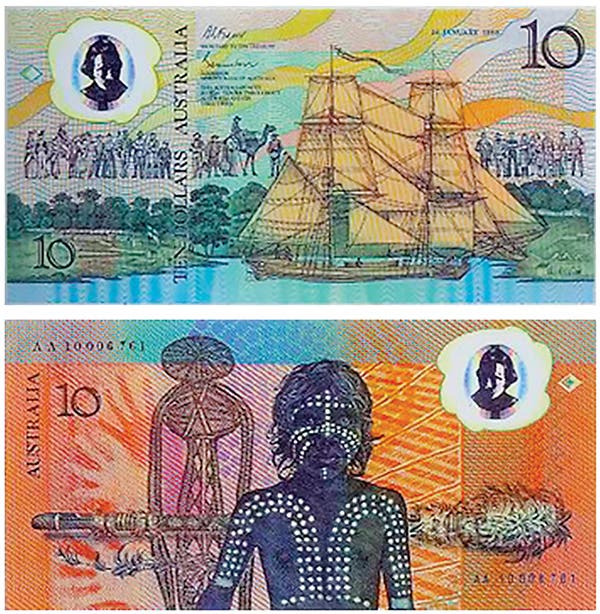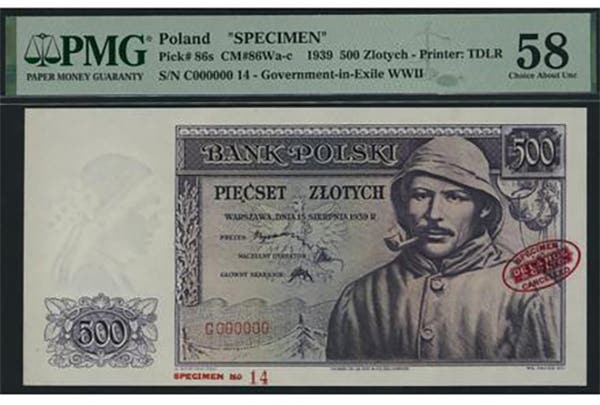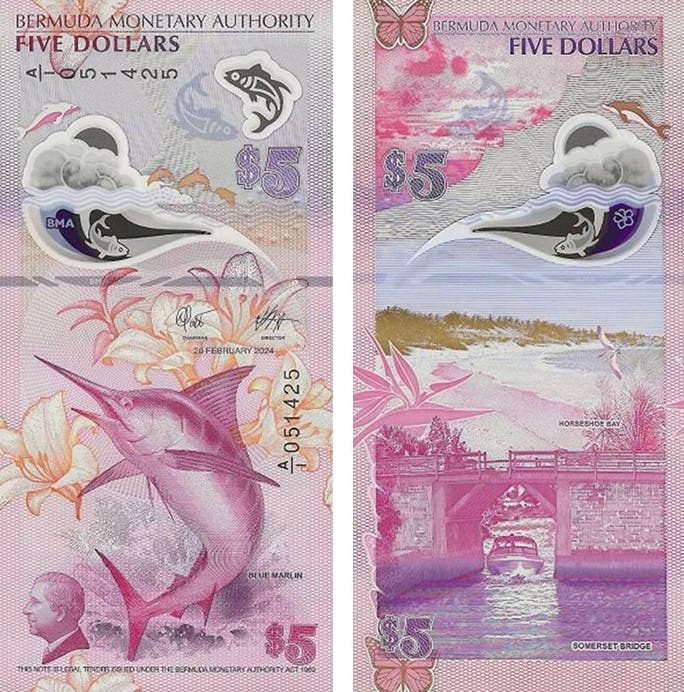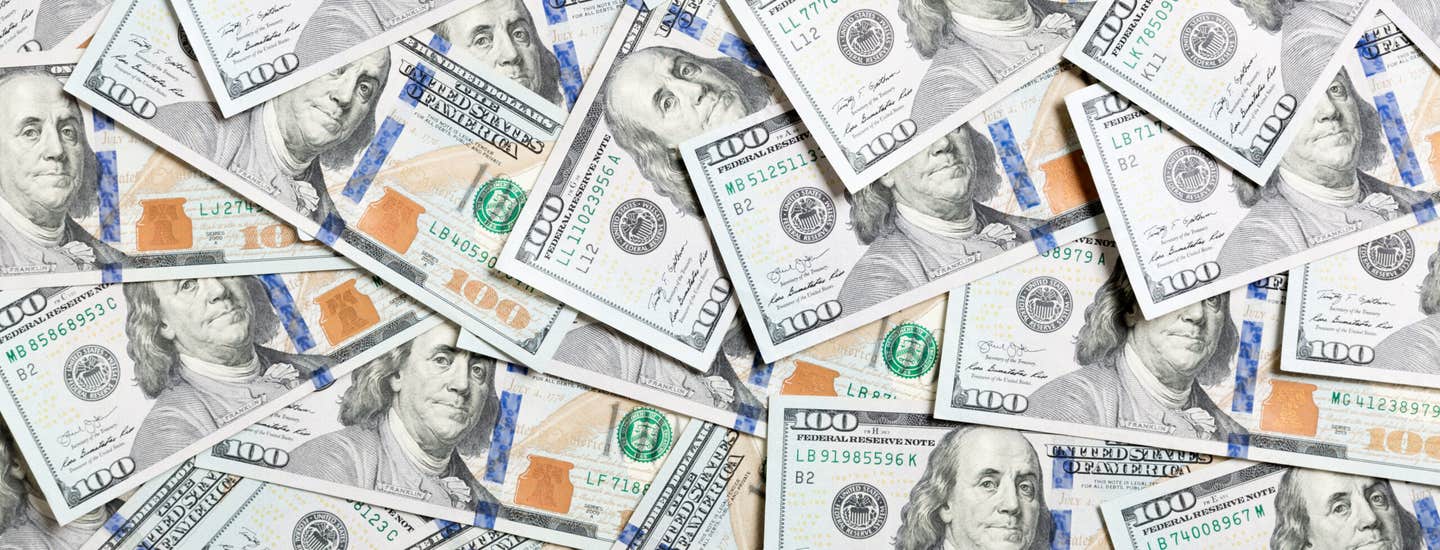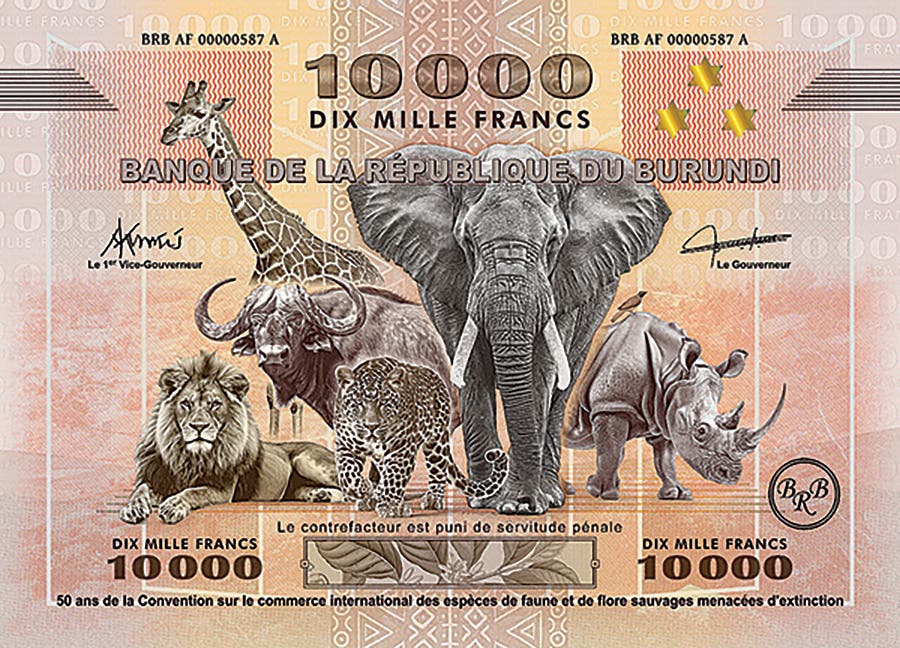Newton’s post office was in a hat
By Mark Hotz For this month, I selected another note from my collection for which I also happened to have a vintage postcard view of its bank, and so we…
By Mark Hotz
For this month, I selected another note from my collection for which I also happened to have a vintage postcard view of its bank, and so we will be traveling to Illinois to visit picturesque Newton.
Newton is the seat of Jasper County, Ill., a rural subdivision located in the southeastern part of the state. Jasper County also is one of the very few Illinois counties to have just one note-issuing town, and Newton is it.
Newton is the largest and oldest town in Jasper County. Because of its favorable location within the county, it was named county seat in 1835. Jasper County was formed in 1831 and approved on Dec. 19, 1834.
The county was named after American Revolutionary War hero, Sgt. Jasper. He and his close friend, Sgt. Newton, were patriots that saved American prisoners of war from certain death at the hands of British soldiers. Thus, the county and town became their namesakes.
A post office was established in Newton in March 1838. The post office was not established in a building, but rather in a man’s hat. A rider brought the mail from Vincennes, Ind., made a stop in Newton once a week, and then continued delivering mail on his route north of Newton. By 1841, the town had increased to five families.
Lawrence Hollenbock and Samuel Garwood built a saw and grist mill and Benjamin Harris opened the first grocery store in Newton. In 1855, Newton had Miller’s Hotel and a small inn known as The American House.
By 1865, the population of Newton grew to 300 and a decade later reached 400 people. In 1874, Joe Litzelman›s Hack Express began traveling daily to and from Olney on what is now Illinois Route 130. Newton has slowly grown over time, and as the county seat, maintains a constant population of around 3,000 persons. The late Burl Ives, a well-known American singer and actor who died in 1995, was a Newton native.
On May 24, 1901, the First National Bank of Newton was organized and applied for a national charter. It received charter 5869 and opened for business soon after. Like most businesses in small Midwestern towns, it constructed its building on courthouse square, in the center of town. The First National Bank was the only national bank in Newton, and as Newton was the only note-issuing town in Jasper County, Newton became the only note-issuing town in the county, and as such, collectors desiring to have a note from every county in Illinois will need a note from Newton.
The bank itself was rather typical for a small farming community. It liquidated during the Depression, in April 1934, but over the 33 years of its existence it circulated just shy of $600,000 in notes. This translates to around $17,500 per year—not a large amount by any means. Its circulation consisted of all three types of Series 1882 notes, as well as 1902 Plain Backs and Series of 1929 small notes. The only denominations circulated by the bank in every series were $10 and $20 notes.
I ended up with a nice Series of 1882 $10 Brown Back note in my collection because it became available at a favorable price some years ago and, as you know, I like nice Brown Back notes from small towns. I have included a photo of it along with photos of Series 1902 and 1929 notes issued from the bank.
My note bears the pen signature of J.M. Hicks, cashier, and the faded stamped signature of E.W. Hersh, president. The later notes continue to have the Hersh signature, but the cashier has changed to William E. Schackmann.
Newton is located at the junction of State Highways 33 and 130, southeast of Effingham and due west of Oblong. The town is dominated by the Jasper County Courthouse, built in 1877 of native brick and marble. It is not nearly as quaint as most courthouses I have encountered, as it is not topped by a dome.
The central business district is located on the four streets that surround the courthouse. The old First National Bank of Newton building stands on the corner of South Jackson and West Washington streets. I have included a photo postcard view of West Courthouse Square, facing on South Jackson Street, circa 1910, with the First National Bank on the corner. I have also included a photo of that exact view as it appears today. A few of the old buildings in the early photo are gone, but the bank retains its architectural integrity.
There are around 20 large and 15 small notes reported on this bank, including three Brown Backs, of which mine is the finest. Quite a few of the known notes are Series 1882 Date Back notes.
The Newton area is best known for its coal-fired power plant, and is replete with antique shops and attractive rolling countryside.
Readers may address questions or comments about this article or National Bank Notes in general to Mark Hotz directly by email at markbhotz@aol.com
This article was originally printed in Bank Note Reporter. >> Subscribe today.
More Collecting Resources
• The Standard Catalog of United States Paper Money is the only annual guide that provides complete coverage of U.S. currency with today’s market prices.
• When it comes to specialized world paper money issues, nothing can top the Standard Catalog of World Paper Money, Specialized Issues .



